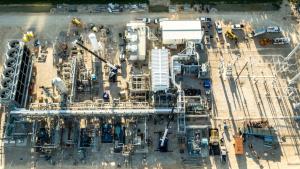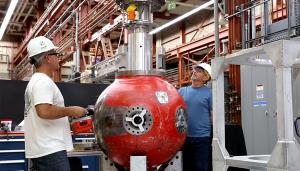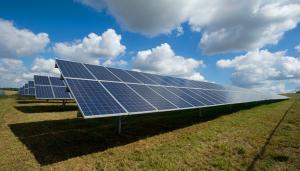LAB REPORT
Science and Technology Making Headlines
Sept. 15, 2017


Animal testing could be a thing of the past, according to new research from Lawrence Livermore scientists.
Lab rats new lease on life
In a bid to stop animal testing, scientists at Lawrence Livermore National Laboratory are working on a technology that can replicate vital human tissues on microchips.
This program, called “Human on a Chip,” aims specifically at shifting the experiments from living animals and humans to cells that are replicated in the lab. They will then be exposed to chemicals and electrical signals for the experiments just like any other lab animal.
While labs around the U.S. are using similar technology to test different organs of the body, this technology is different as it will focus on the four basic body functions: the central nervous system, peripheral nervous system, blood-brain barrier and the heart.
The chips allow scientists to experiment and calculate how certain body parts react toward certain stimuli. For example, how does a stomach or brain cell react to caffeine, heart medicine or other more dangerous toxins? How does a taste bud or a cell from peripheral nervous system react to the application of capsaicin, the chemical that makes peppers hot?


The NetPower natural gas demonstration plant in Texas will capture carbon at nearly no cost.
Carbon capture changing the game
Texas-based Net Power’s 50-megawatt natural gas plant will capture effectively all of the carbon dioxide it produces, without significantly higher costs, in part by relying on the greenhouse gas itself to crank the turbine that generates electricity.
The technology could enable a new generation of plants that provide clean power, without the development risks of nuclear, the geographic restrictions of hydroelectric or the intermittency issues of solar and wind. Future plants of this type could also rely on the nation’s abundant supply of cheap natural gas.
The hot carbon dioxide produced in the process significantly reduces the amount of fuel needed in that initial combustion step, further improving overall efficiency. Relying on supercritical CO₂ also avoids energy losses that occur as water shifts between gas and liquid states, and eliminates several otherwise necessary components of a steam-electric power plant.
“If you keep the entire cycle above the supercritical phase, the efficiencies are amazing,” says Julio Friedmann, chief energy technologist at Lawrence Livermore National Laboratory, who has done extensive research on carbon capture.


Senior mechanical technician Rich Moore (left) and mechanical designer Kevin Morris lower an alignment mechanism into a vessel that confined an experiment with conventional explosives and mock parts.
Securing the stockpile
Conducting an experiment that combines high explosives with plutonium -- a special nuclear material used in nuclear weapons -- is no trivial matter. Not only do researchers need to ensure the plutonium remains "subcritical" to avoid a nuclear explosion, they must be absolutely certain that these materials are confined in a worst-case scenario. On top of that, they have to be sure they can collect data they need to continue to ensure the safety, security and effectiveness of the U.S. nuclear stockpile.
A team of researchers at Lawrence Livermore recently passed the halfway point in a multi-year journey toward such a subcritical experiment (an experiment on plutonium that does not result in a nuclear explosion) when they successfully conducted the fourth, preparatory "hydrodynamic" experiment (an experiment using mock components made of non-nuclear materials) in the "Sierra Nevada" series.
The researchers will conduct one more preparatory experiment leading up to a final subcritical experiment that will allow them to collect important data about how a plutonium bomb core implodes. The series is a tri-lab effort between LLNL, the U.K.'s Atomic Weapons Establishment and Los Alamos National Laboratory. The shared goal: Advance the safety of respective nuclear stockpiles.


A new LLNL technology could make solar cells more efficient and less reflective.
Bring on the sun
Researchers from Lawrence Livermore recently found a new technology alternative to anti-reflection coatings in order to address the desire in solar cells to minimize reflectivity, absorbing more sunlight and generating more electricity.
The technology has its roots in nature, mimicking the hierarchical structures found in the eye of a moth, allowing them to absorb more light and better navigate in darkness. The technique allows solar cells to trap more light at all angles, unlike current solar cells that require tracking of sun’s position to maximize light absorption and could potentially be more efficient at converting energy.
The Lawrence Livermore guidelines for an alternative to anti-reflective coatings on optical devices such as solar cells, glasses and cameras, find that reflectivity of silicon optics can be reduced to as little as 1 percent by engineering their surfaces with layers of hierarchical micro- and nanometer length structures.





